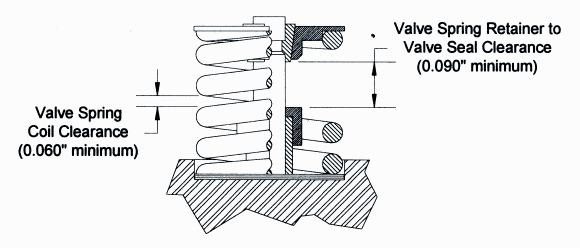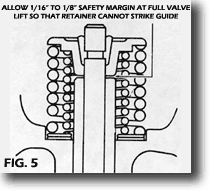Hi Grumpy
I'm new here so please excuse me. I recently Installed some aluminum heads on my 350 small block that raised my compresson from 8:1
to 9.5:1. Im having a lot of oil through the pcv entering the manifold and can't figure why. I've tried numerious baffles in the valve cover and different pvcs with no results. Blow by was my first thought but a compresson test showed all cylinders at 210 psi +- 5 pounds.
210 psi is kind of high, don,t you think? I'm planning on removing the engine for a cam change and check the rings over the winter,so what do you suggest I look for when i tear it down? That 210 psi and oil consumpion has me stumped .
Thanks
I'm new here so please excuse me. I recently Installed some aluminum heads on my 350 small block that raised my compresson from 8:1
to 9.5:1. Im having a lot of oil through the pcv entering the manifold and can't figure why. I've tried numerious baffles in the valve cover and different pvcs with no results. Blow by was my first thought but a compresson test showed all cylinders at 210 psi +- 5 pounds.
210 psi is kind of high, don,t you think? I'm planning on removing the engine for a cam change and check the rings over the winter,so what do you suggest I look for when i tear it down? That 210 psi and oil consumpion has me stumped .
Thanks







